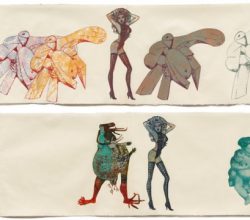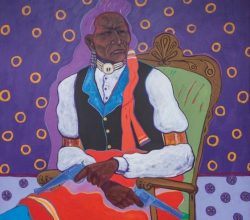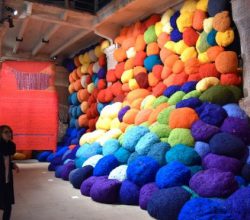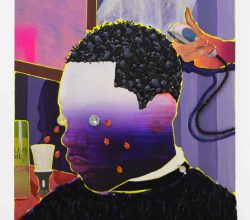
How sex and power collude: the uncompromising art of Nancy Spero
Anya Ulinich | Forward | 3rd May 2019
Its easy to see why Spero got angry. The 1960’s New York art scene was ruled by male abstractionists unimpressed by female artists and hostile to figuration. Undeterred, she developed a delicate frieze-like style that has deeply influenced today’s design vernacular. Spero illuminated how the world looks from a female perspective and depicted “woman as protagonist”.





